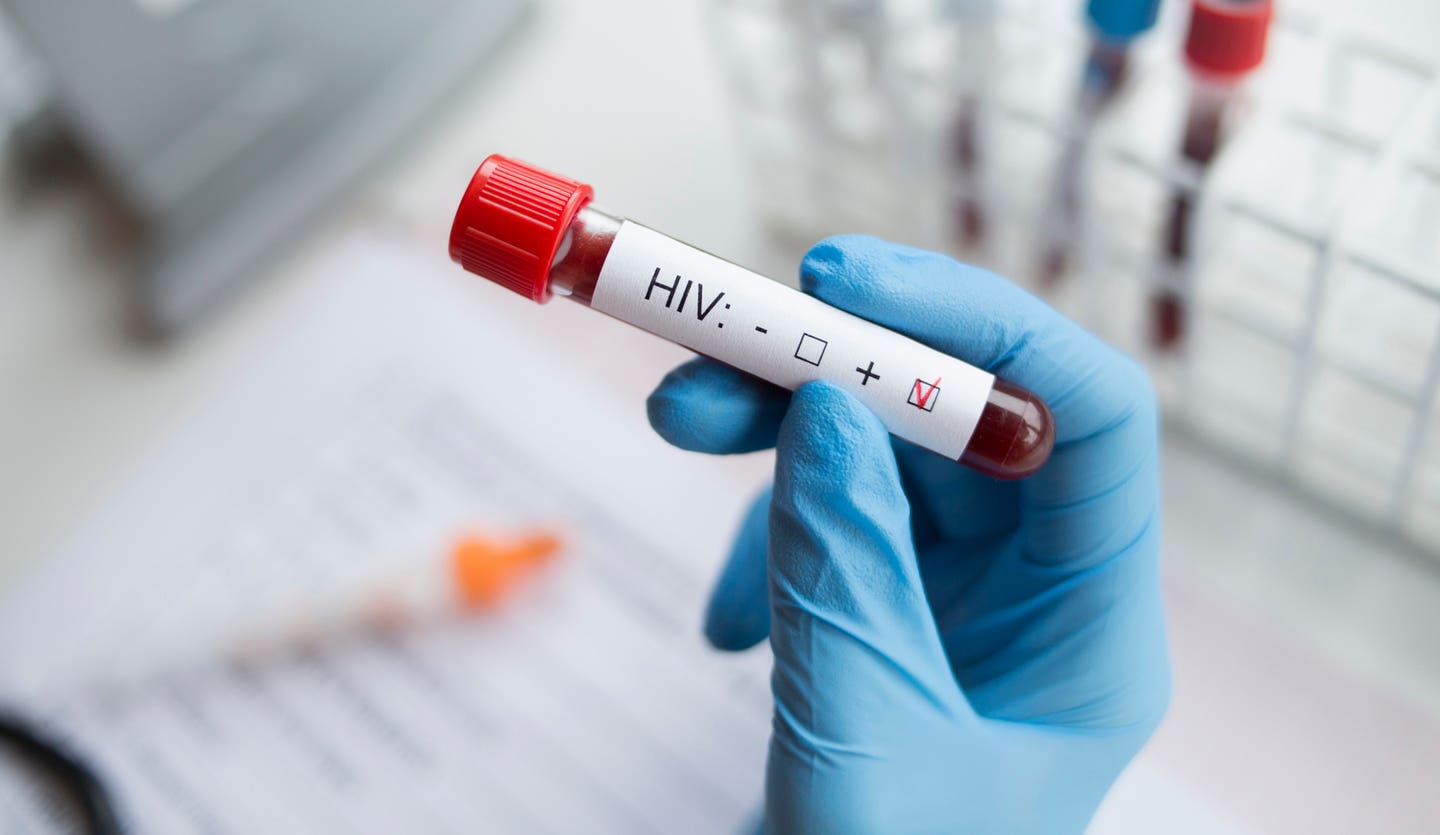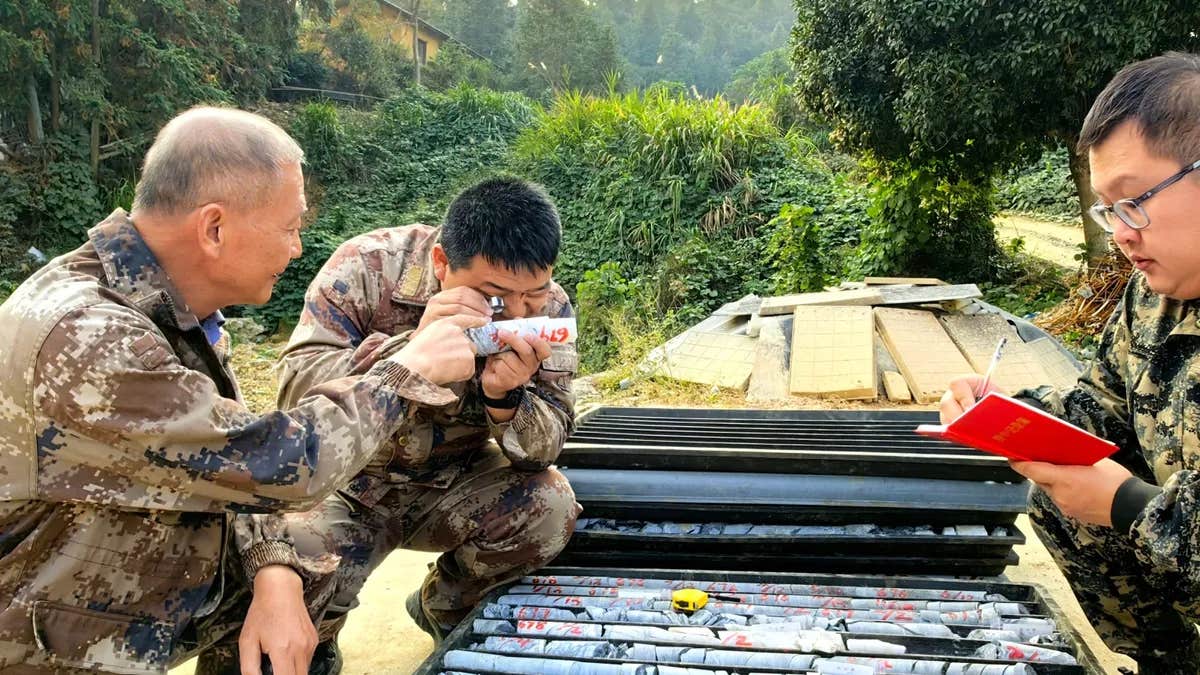AIDS patient cured of HIV after receiving a bone marrow transplant
A Geneva patient enters long-term HIV remission after a bone marrow transplant without a protective mutation, opening new possibilities for HIV treatment.

A patient in Geneva has experienced long-term remission of HIV after receiving a bone marrow transplant. (CREDIT: Getty Images)
In a groundbreaking case, a patient in Geneva has experienced long-term remission of HIV after receiving a bone marrow transplant, making him one of only seven people worldwide to potentially be cured of the virus.
These transplants were initially aimed at treating blood cancer, but for patients in Berlin, London, Düsseldorf, New York, City of Hope, and now Geneva, they have led to significant strides toward an HIV cure.
What sets the Geneva patient, Romuald, apart is that his remission occurred without the presence of the CCR5-delta 32 mutation—a rare genetic mutation that makes certain immune cells, specifically CD4 cells, naturally resistant to HIV. This mutation has been a key factor in the remission of the other cases, but Romuald's recovery offers new insight into how the virus might be controlled in the future without relying on genetic resistance.
Published in Nature Medicine, this study was coordinated by Professor Alexandra Calmy, Director of the HIV/AIDS Unit at Geneva University Hospitals (HUG), and Professor Asier Sáez-Cirión, head of the Viral Reservoirs and Immune Control Unit at the Institut Pasteur in Paris. The collaboration included teams from the Institut Cochin and the IciStem consortium, highlighting the international effort to understand this remarkable case of HIV remission.
In previous cases, patients who entered remission following bone marrow transplants had immune cells that were resistant to HIV due to the CCR5-delta 32 mutation. However, Romuald’s cells remain fully susceptible to HIV, yet the virus has been undetectable in his body for nearly three years after stopping antiretroviral therapy. This surprising result suggests that factors other than the mutation may be at play, offering hope for alternative strategies in HIV treatment.
Related Stories:
Scientists monitored Romuald closely over an extended period, observing a gradual reduction in his viral reservoir—the pool of infected cells capable of producing the virus. Before the transplant, these cells were easily detectable, but post-transplant, they became undetectable. The research team believes that this decline is key to understanding his remission.
In the study, researchers outlined several hypotheses that could explain Romuald's unexpected recovery. One theory involves his immune system's innate ability to combat HIV. The team suspects that certain immune cells with strong anti-HIV potential may have prevented the virus from rebounding, even if some infected cells remain in his body.
Additionally, Romuald has experienced graft-versus-host disease (GVHD), a common complication following bone marrow transplants. This condition arises when immune cells from the donor’s bone marrow attack the recipient's cells.
While this can cause health issues, researchers speculate that it may also play a role in his HIV remission. The immune response triggered by GVHD may have been so effective that it eliminated much of the viral reservoir, reducing the need for the protective CCR5-delta 32 mutation.
Another factor is the immunomodulatory treatment Romuald receives to control GVHD. This treatment might be preventing viral reactivation, offering further protection against HIV. Researchers are now investigating whether similar treatments could be used to manage HIV in other patients, potentially leading to more cases of remission.
The study’s findings mark an important step in HIV research, showing that remission can be achieved even without genetic resistance. It opens the door to new therapeutic strategies that do not rely on the CCR5-delta 32 mutation. By focusing on reducing the viral reservoir and leveraging the immune system’s ability to fight off infection, scientists hope to pave the way for more patients to achieve long-term remission.
This case adds to the small but growing body of evidence that HIV remission is possible in certain circumstances. However, it is crucial to recognize that bone marrow transplants are complex procedures typically reserved for treating cancer and not currently a viable option for the vast majority of people living with HIV. Still, the insights gained from cases like Romuald’s are invaluable for guiding future research.
Professor Calmy noted the significance of this case, saying, “This patient’s remission, in the absence of the CCR5 mutation, is an important signal that we are getting closer to understanding how to achieve long-term control of HIV without antiretroviral therapy.” The potential implications for global HIV treatment strategies are profound, offering hope that similar outcomes could one day be achieved for others.
As research continues, Romuald’s case will serve as a critical reference point for scientists working to develop therapies that aim to eliminate the virus or keep it in long-term remission. The progress made through these studies reflects the power of collaborative efforts in the scientific community, pushing the boundaries of what is possible in the fight against HIV.
Note: Materials provided above by The Brighter Side of News. Content may be edited for style and length.
Like these kind of feel good stories? Get The Brighter Side of News' newsletter.
Rebecca Shavit
Science & Technology Journalist | Innovation Storyteller
Based in Los Angeles, Rebecca Shavit is a dedicated science and technology journalist who writes for The Brighter Side of News, an online publication committed to highlighting positive and transformative stories from around the world. With a passion for uncovering groundbreaking discoveries and innovations, she brings to light the scientific advancements shaping a better future. Her reporting spans a wide range of topics, from cutting-edge medical breakthroughs and artificial intelligence to green technology and space exploration. With a keen ability to translate complex concepts into engaging and accessible stories, she makes science and innovation relatable to a broad audience.



